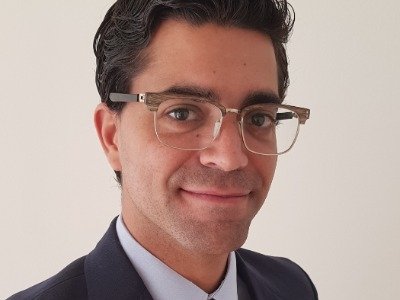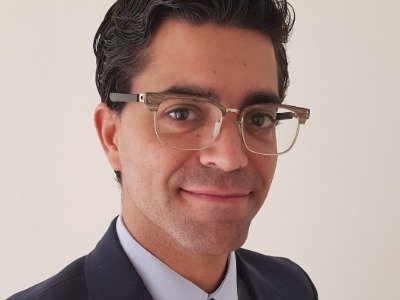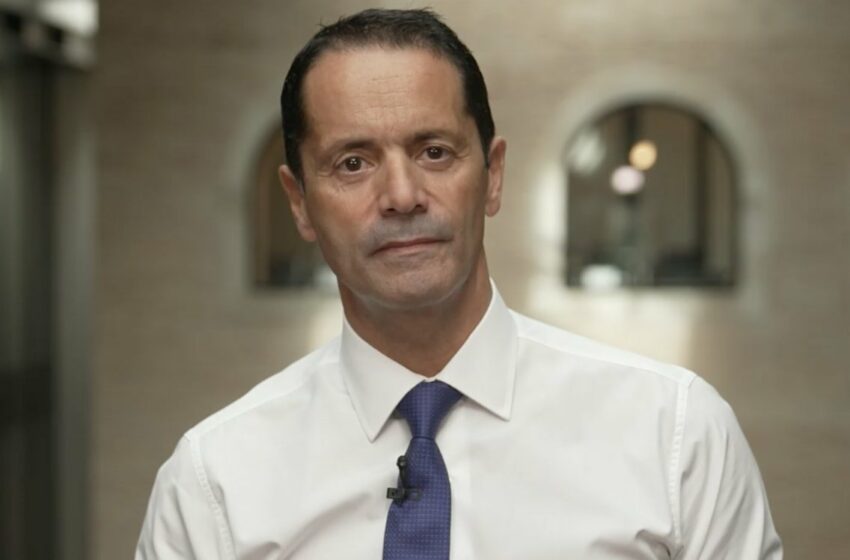A matter of trust

Gustavo Caiuby Guimarães is the director of Wealth Management at Dunas Capital, which operates in both Portugal and Spain and is responsible for, among other things, the administration of the investments of some wealthy clients. Beyond the intriguing or rumour-driven interest that this type of matter always arouses, we have approached him to get a description of the main tasks of this emerging sector, and, even more, to clarify some doubts about a universe that, because of its exclusivity, may seem more inaccessible than it is. An example of the opposite is the naturalness and closeness with which Caiuby Guimarães shows himself clarifying many of our doubts.

What are the requirements to become a wealth manager, and what makes them different from any other investment manager?
In my opinion, to become a wealth manager, you need to know about investments in different segments and have good social skills. The first one is related to the return that you can provide to your client and how he or she will measure your performance. The second one is important because you have to interact with several people daily, not only with clients and prospects but also with different service providers. Understanding each one’s needs is essential to achieve the best outcome. Also, there is a legal perspective, where some legislators demand specific certifications to be a wealth manager. In Brazil, for example, most of the Wealth Management firms require a certification called CFP (Certified Financial Planner) from its employees, despite it is not mandatory. This “stamp” shows more credibility and the manager has to understand many areas related to the Wealth Management services, from investments to succession planning.
I consider that starting a professional career in Wealth Management is relatively recent because the first wealth managers, or private bankers, used to work in other areas. Fields like a trading desk or fund management, and just because of the high number of wealthy clients, started taking care of them with more attention. Thus, it is hard to say that a wealth manager is different than an investment manager; their essence is very similar. However, the investment manager is more focused on the technical side, and the wealth manager has a broader view, not only looking at the client’s investments but also looking at the other variables like succession and tax planning.
These services are usually mostly offered by banks to wealthier clients. How does client acquisition by independent companies like Dunas work?
Most of our clients are from our network and referred by lawyers, friends and other clients. Word of mouth is essential in this segment because the client must trust and feel comfortable with the person that will manage his/her assets. So, when they receive a referral from someone that they trust, it is easier to convince the client and start working with him/her. When prospecting new clients, we show them what the valueadded when hiring an independent wealth manager is. The crucial factor is the mitigation of conflicts of interests. As we usually charge a flat fee of the managed assets, we have more flexibility when choosing an investment. So, we tell the clients that we will suggest the best investment opportunities adjusted to their risk profile instead of offering products that will only benefit the bank or asset manager. Besides, in a multi-family office, we usually manage the assets of 10 to 50 economic groups, so we can provide tailor-made solutions to each one of them instead of offering traditional products that we commonly see in the banks. However, it is essential to say that we rely on the banks for the custody of our clients’ assets, and this is something that we have to explain to our prospects and clients. We tell them that we are an intermediary that will better assist them with their investments, but the money will be held in a duly regulated financial institution. In some cases, the independent companies have agreements with banks, so we can offer better conditions when compared to a client, especially smaller ones, opening a bank account straight with the bank. That is another example of value-added that we can provide to our clients. Finally, converting a client is a long process and demands persistence, but once the customer decides to hire an independent company, it is hard to go back to a larger structure.
by antonio jiménez
To read the article in full please download issue N.99 here












